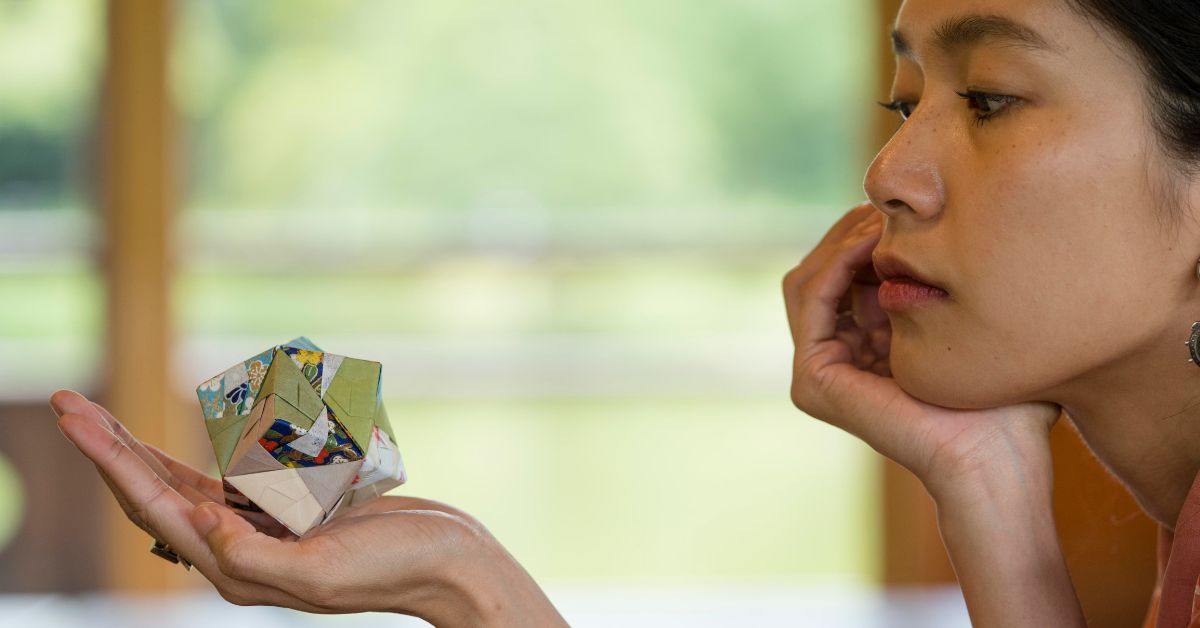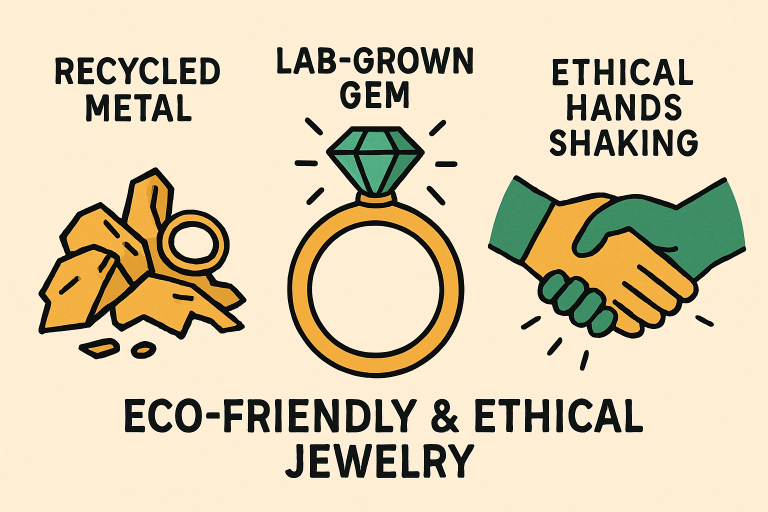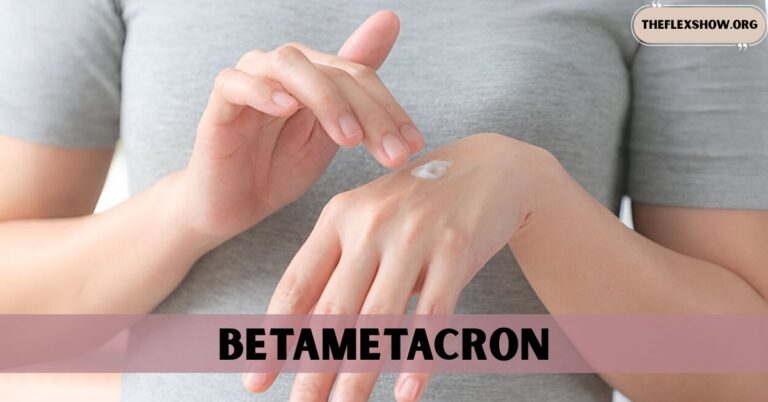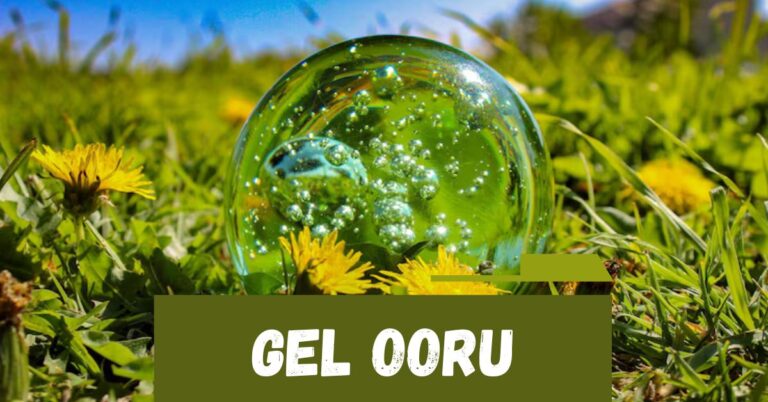What Makes Jewelry Truly Sustainable?

Understanding Sustainable Jewelry
Consumers today are increasingly conscious about the origins and ethics of their purchases, particularly in jewelry. They seek meaningful stories and reflections of personal values, including environmental concern and social responsibility. Sustainable jewelry, which goes beyond aesthetics, incorporates ecological care and human rights into every aspect of production. Artisan jewelry is an example of a brand demonstrating the industry’s ability to innovate while keeping the planet and people at the center. Sustainable jewelry involves a holistic approach, streamlined supply chains, meticulous material selection, and traceability from raw to finished pieces. This approach reduces waste and carbon footprint, allowing customers to wear their values alongside their style.
Key Elements of Sustainable Jewelry
Sustainable jewelry practices involve using recycled precious metals like gold, silver, and platinum, which reduce environmental damage and mining demand. These metals are reclaimed from old jewelry, electronics, and industrial sources, diverting valuable materials from landfills and reducing pressure on fragile ecosystems. The refining and reusing process consumes fewer resources, ensuring environmental benefits in each piece of jewelry. Lab-grown gems, created in controlled environments, possess the same chemical and physical properties as mined gems but are free from destructive consequences like deforestation, soil erosion, and polluted waterways. These stones require less water and energy and generate minimal waste, appealing to those seeking beautiful stones at a lower ecological cost. Sustainable jewelry brands invest in fair trade practices, disrupting poverty cycles and incentivizing local environmental preservation, making extracting or collecting natural materials an act of stewardship.
Environmental and Social Impacts
The story of traditional precious metal and gemstone mining is often one of destruction—ravaged landscapes, barren soils, polluted rivers, and communities uprooted or left vulnerable by harmful industry practices. Toxic runoff, heavy metals, and persistent deforestation triggered by unsustainable mining leave ecosystems teetering on the brink, erasing biodiversity and putting local populations at risk of disease or economic instability. Companies committed to sustainable jewelry refuse to follow that path. Instead, they invest in cleaner technologies, rehabilitation programs, closed-loop recycling, and strict water use management to minimize and reverse damage. They enact fair labor policies and work alongside local communities to ensure stability and opportunity for all stakeholders. When customers prioritize these sustainable brands, they lend their voices to a wider movement calling for environmental justice alongside luxury and beauty.
Recognizing Genuine Sustainable Practices
The rise in sustainability awareness has led to many brands marketing themselves as responsible, but not all truly support ethical production. To differentiate between sustainable jewelry and “greenwashing,” consumers should look for transparency, certifications, and fair pricing. Reliable brands prioritize open communication, clearly listing materials and labor practices, and share their successes and areas for improvement. Certifications, like those from the Responsible Jewellery Council or Fairmined, ensure rigorous third-party evaluation and confirm a brand’s commitment to high social and environmental standards. Fair pricing acknowledges the value of time, skill, and ethically sourced materials, ensuring fair wages for creators and a sustainable margin for suppliers.

Consumer Role in Promoting Sustainability
The modern consumer wields extraordinary power to reshape industries through conscious choices. Whenever someone selects a sustainably produced piece, they cast a “vote” for a better way that celebrates environmental stewardship, fair treatment of workers, and the preservation of traditional artistry. As customers steadily choose ethical brands, they compel larger companies to mirror these standards and inspire new contenders to enter the market with transparency and care. This growing demand stimulates systemic improvement across the industry.
Conclusion
The emergence of sustainable jewelry is much more than a passing trend—it is a transformative movement that marries artistry with genuine accountability. Every recycled ring or conscientiously sourced stone proves that luxury and sustainability belong together. By learning about and supporting ethical jewelry practices, consumers become architects of a brighter, cleaner, and more just future, helping foster transparency, environmental preservation, and fairness for future generations. In the end, the appeal of such jewelry goes far beyond its sparkle. Each piece becomes a wearable statement of compassion and conscious living, truly making it an adornment with meaning and purpose.
Read More : Sztavrosz Revival: From Obscurity to Cultural Icon






